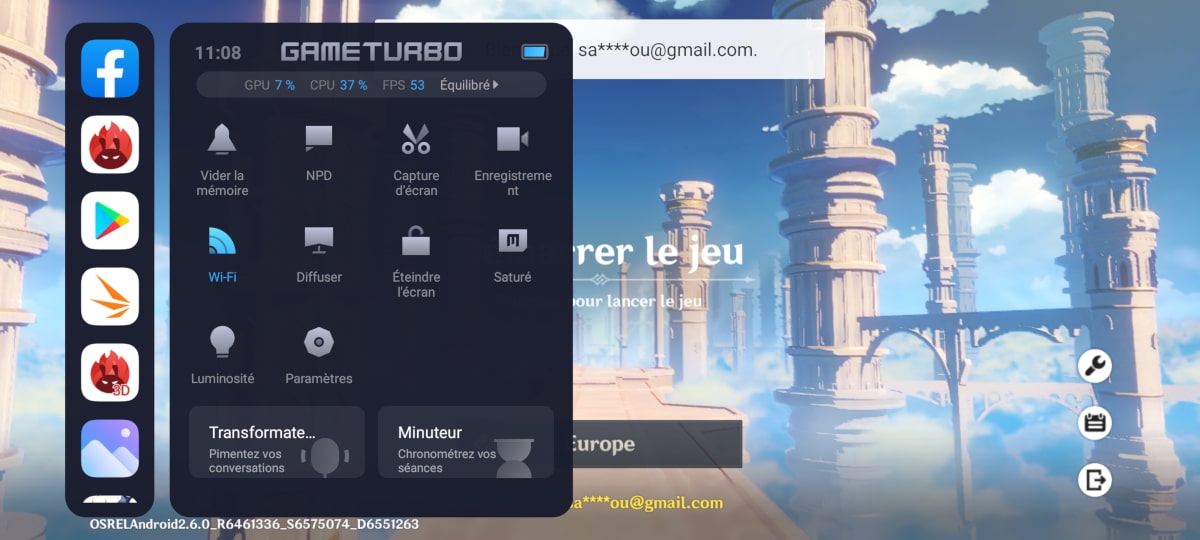Google will improve the performance of Android 13 with video games. The firm should integrate new functions to modulate the power of the CPUs and the GPU according to the needs. One of these functions specifically addresses the issue of the start-up phase of games. These functions will come in addition to the game modes that are flourishing.
Playing on Android is very much possible. There are many games. And it’s not just a succession of puzzles like Candy Crush, Solitaire or Angry Birds. There are also action, adventure or strategy games. There are FPS, RPG and shoot’m up. In short, there is everything you could expect from a real video game console. The editorial staff has also become accustomed to installing dynamic and robust games on test smartphones, in particular Genshin Impact.
Read also – Android 13: the screen saver would also show the battery level of connected devices
Genshin Impact is typically the kind of game that lends itself well to technical testing of a smartphone. Indeed, it has many settings to adapt the quality of the image according to the characteristics of the platform. There are five levels of graphics and two levels for the refresh rate (30 or 60 frames per second). Genshin Impact takes advantage of new functions integrated into Android 12 by Google and adapted to the practice of video games.
Android 13 allows a game to request more power from the processor
Among these functions, you will find the management of notifications, performance or autonomy. These are all tools used by smartphone manufacturers to develop the in-game components of their interfaces. You can also find them at Xiaomi, Samsung, Oppo, Vivo, Realme, etc. For Android 13, Google should continue to enrich this toolbox with new functions that have been analyzed by Esper, a company that sells a development environment to application creators. Esper posted an analysis of Android 13 on his blog.
Among all the changes spotted by the company, you will find a new instruction called “ SetGameState“. It serves as a link between a game and the SoC of the smartphone. The idea is simple: when a game launches, it uses the SetGameState instruction to request more power from the SOCs on an ad hoc basis. Android 13 would then activate a hidden mode called “ Game_Loading which would provide the desired power to the game. Then, when the game finished its initialization procedure, Android 13 would disable Game_Loading.
A new useful function only when starting a game?
This new function will result in faster game launches. But we would be curious to know if it can also speed up the loading of textures and resources once the game is launched. Indeed, with an open world game like Genshin Impact, for example, certain slowdowns appear when the game loads new textures by changing the environment. It would be interesting to know if a game can request a change of state on the fly once the game has started and to measure the impact of these changes on the performance and temperature of the smartphone.

